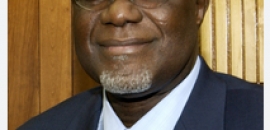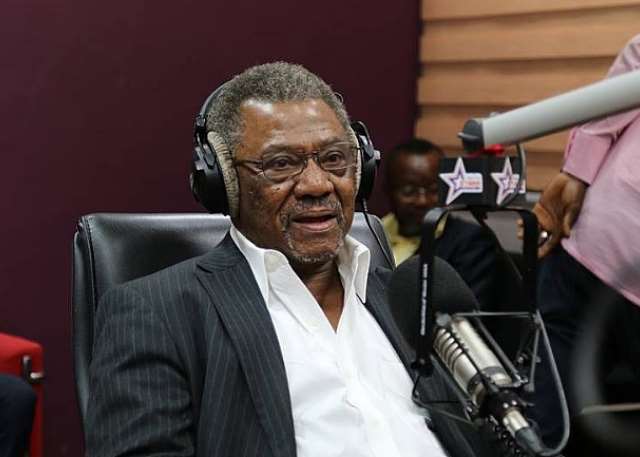
State of Emergency Not Necessary-NPP's Hackman
Sep 18, 2025
by Ekow Benyah Sep 15, 2025

Accra – Vistanewsgh.com — Economist and brother of the late President John Evans Atta Mills, Dr. Cadman Atta Mills, has issued a strong warning over the devastating impact of so-called “legal small-scale mining” on Ghana’s water resources.
In a social media post sighted by Vistanewsgh.com, Dr. Mills questioned government’s commitment to safeguarding the environment, pointing directly at the Presidency.
“WHAT WILL IT TAKE FOR US TO ACT?? MR. PRESIDENT, THIS IS THE WATER THAT FEEDS A HUGE CHUNK OF THE CENTRAL REGION—THANKS TO ‘LEGAL SMALL-SCALE MINING’!” he wrote.
His comments come amid growing public concern over the destruction of water bodies and farmlands by illegal and poorly regulated mining activities. Communities in the Central and Western Regions have reported worsening water quality, with experts warning that treatment costs are becoming unsustainable for the Ghana Water Company.
Dr. Mills’ intervention adds to the pressure on government to act decisively against the menace. Civil society groups, traditional leaders, and environmentalists have all called for stronger enforcement of mining laws, including a clampdown on operators hiding under the banner of legality.
The post has since generated widespread debate online, with many Ghanaians echoing his frustration over the slow pace of action against galamsey and its offshoots.

Sep 18, 2025

2 weeks ago

Sep 30, 2025

3 weeks ago

Sep 28, 2025

Feb 17, 2025

Sep 17, 2025

Sep 20, 2025